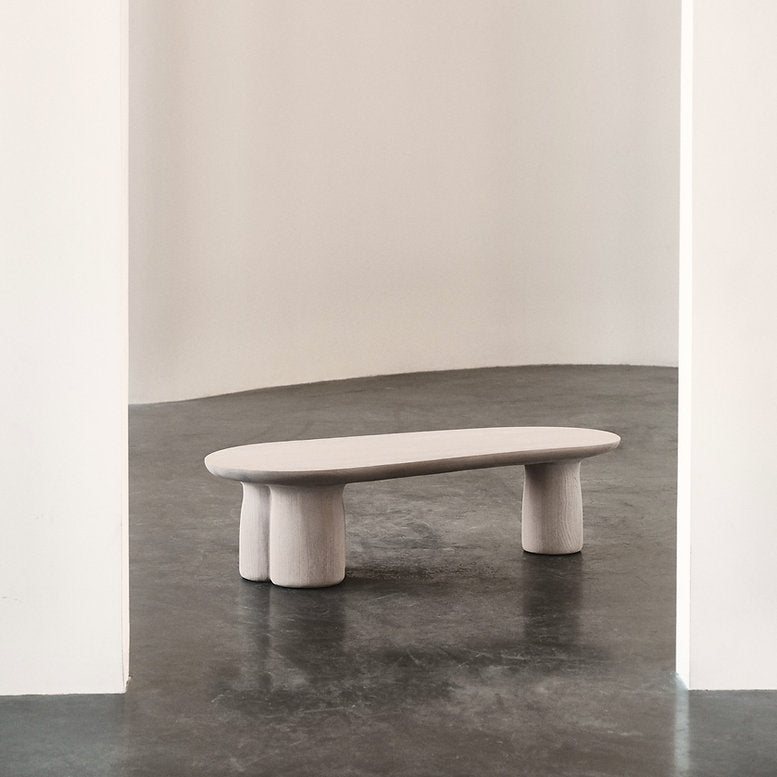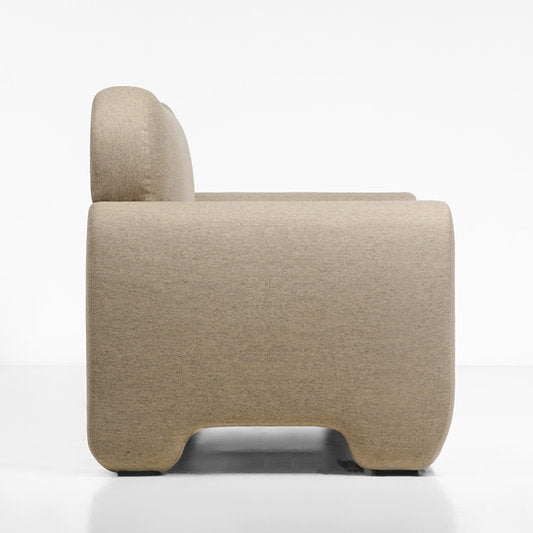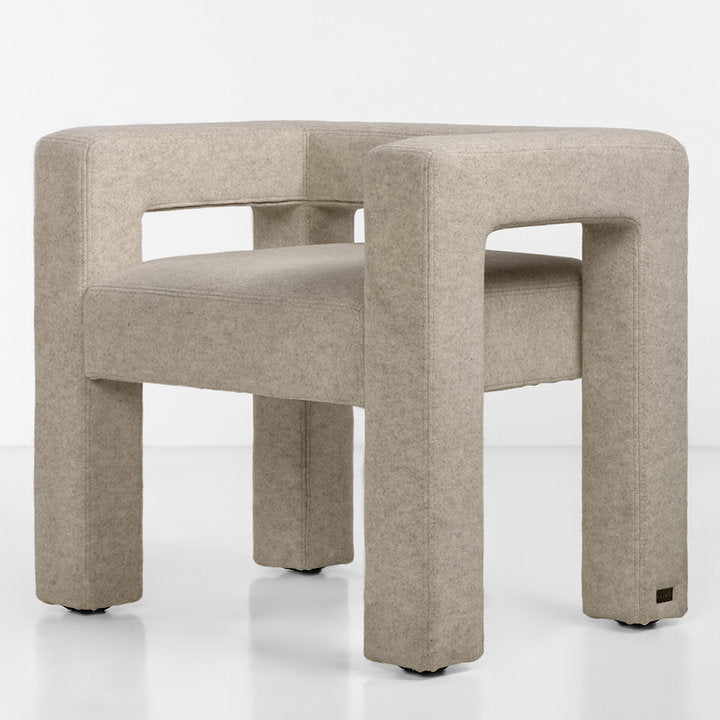In a well-balanced interior, furniture should be selected for its function and feeling. Sculptural furniture makes effective use of these dual benefits — combining comfort, durability, and emotional presence equally. Each sculptural piece should be carefully conceptualised with the purpose to elevate modern living and working environments. Whether furnishing a lounge area, dining room, or home office, each sculptural piece contributes to the collective feel of the room, supporting your capacity for focus, relaxation and connection throughout the day.
What Makes Sculptural Furniture Stand Out
In contrast to standard furniture created mostly for functional use, sculptural furniture as functional works of art emphasize craft, material truthfulness, and form. With their modern clean lines, softened corners and thoughtful proportioning, designer objects possess the calming solidity of modern design coupled with the emotional component of creative work. Their forms often reflect inspiration derived from nature or geometry. The pieces are dutifully bold and monolithic or delicately inspired by organic shapes and should be compelling, yet not overwhelm a room.
What Materials Are Used in Sculptural Furniture
Each piece of sculptural furniture is handcrafted from natural, durable materials selected for their texture and longevity. At the core is ZTISTA — a sustainable, hand-sculpted blend of clay, flax fiber, recycled cellulose, and wooden chips, finished with a protective biopolymer. Tables and consoles often pair ZTISTA bases with smoked or clear glass tops and wood, while seating is upholstered in linen or wool for softness and breathability. Subtle wood and steel elements provide structure, uniting modern design with organic warmth. The result is unique, collectible furniture that feels timeless.
Where to Place Sculptural Furniture
Sculptural furniture has the ability to reshape any setting, be it a contemporary living room, dining space, bedroom, or public setting. In living rooms, low, architectural sofas paired with thick, monolithic coffee tables create an anchoring layout for calm conversation. Dining spaces can utilize sculptural tables and ergonomically shaped chairs and when it comes to the bedroom, soft-edged beds and fluid silhouettes can offer a calming and intimate mood. Sculptural furniture deployed in public interiors — from galleries and lounges to studios — can establish a muted form of confidence and identity. No matter where they are used, sculptural furniture can provide proportion, texture, and balance, creating thoughtfully curated spaces from functional zones.
How Sculptural Furniture Transforms Interiors
Sculptural furniture serves a purpose beyond simple visuals. It enriches spatial dynamics in motion and feeling from one place to another. The organic shapes and rich products convey a different kind of calm energy, allowing the interior to be more sensory and humanly emotional. Sculptural furniture as designer furniture is functioning in the role of a focal object, inviting you to touch, talk, and think; pieces that represent both art and life at their simplest human form.
How to Choose the Right Sculptural Furniture for Your Home or Project
When selecting sculptural furniture, consider three elements: scale, function, and material. Larger, open spaces can accommodate a statement piece like a ZTISTA dining table or sectional couch, while a small space is better suited for smaller, more rounded forms. For public or high-traffic uses, consider a durable finish, either ZTISTA or solid wood. In quieter spaces, go for softer materials, such as linen or wool upholstery. Maintain a consistent proportion of elements and repeat like tones or textures for visual cohesion. Every object should serve a clear purpose, whether it acts as an anchor for the arrangement or a sculptural detail within the space. Our sculptural furniture collection — including chairs, benches, sofas, stools, and tables — can help create a harmonious composition that balances function with expressive form.













